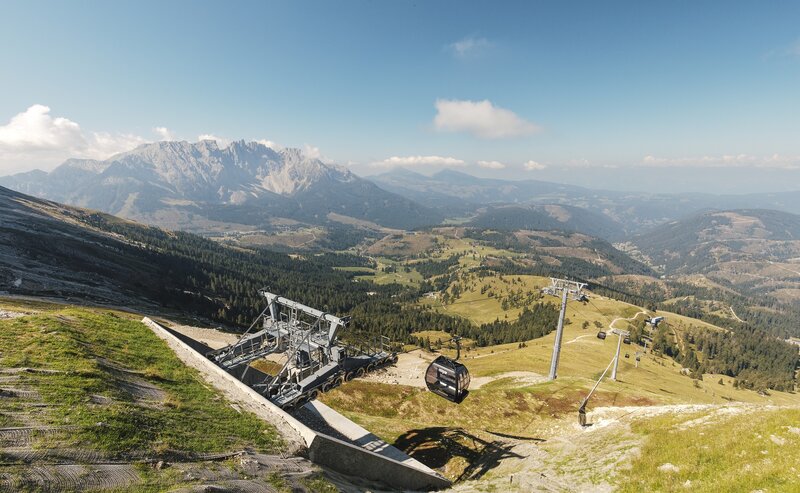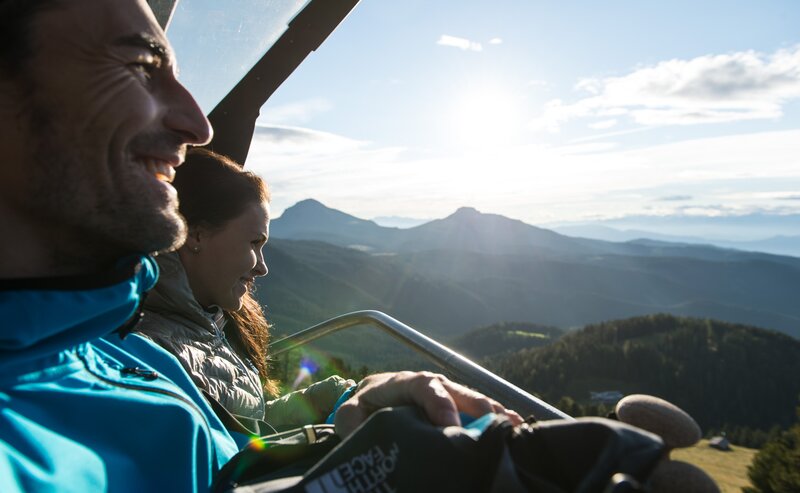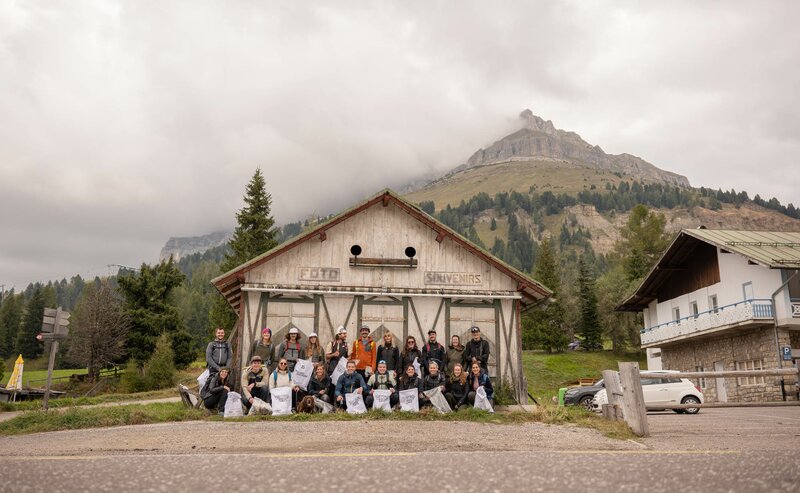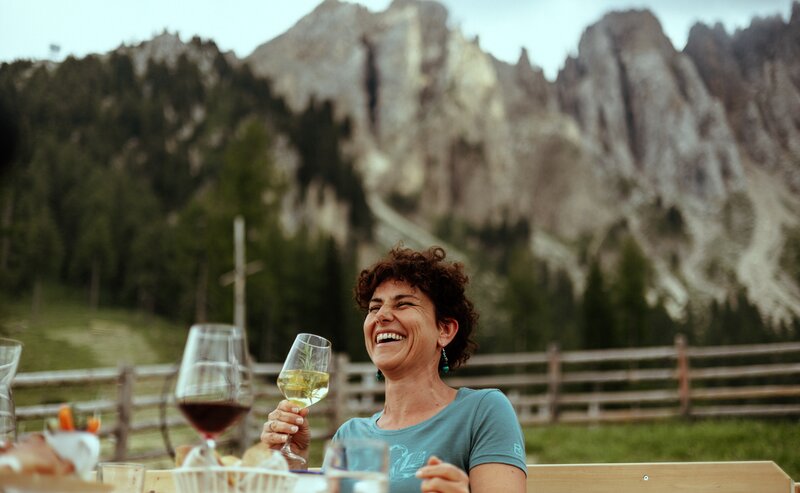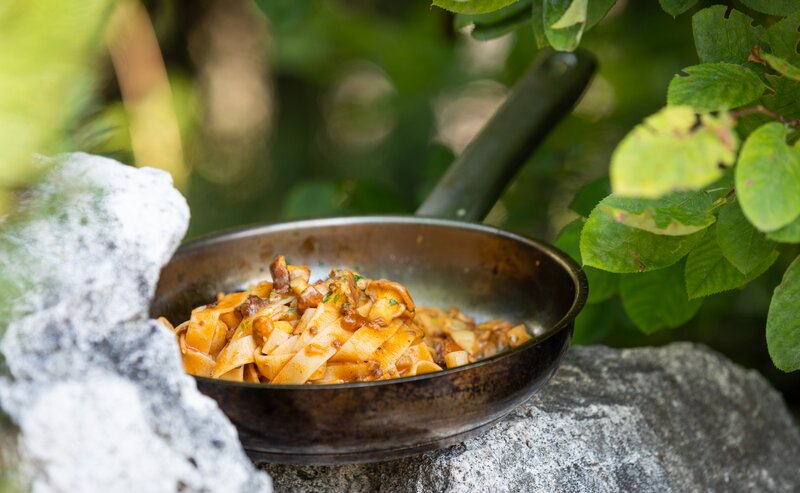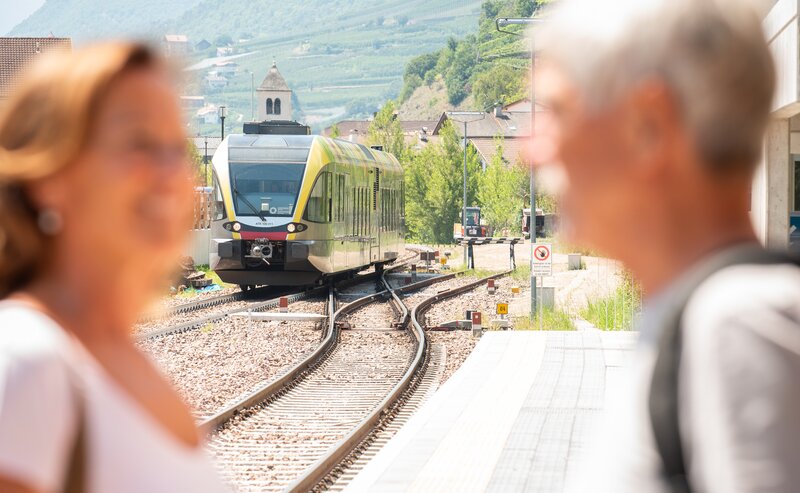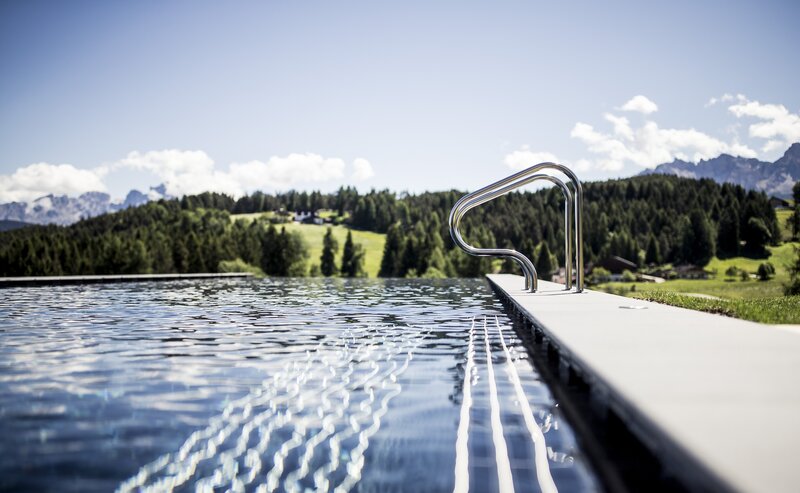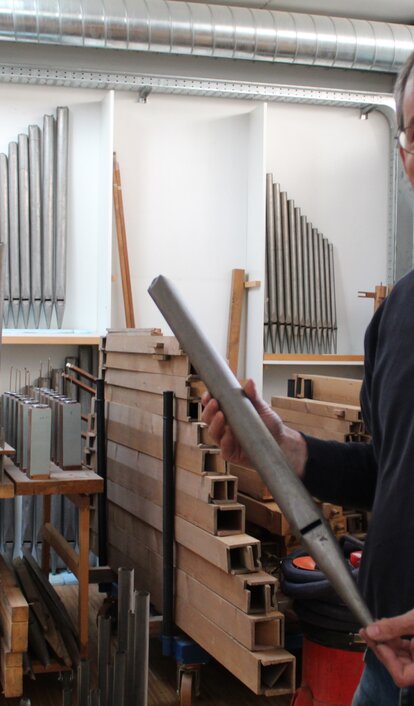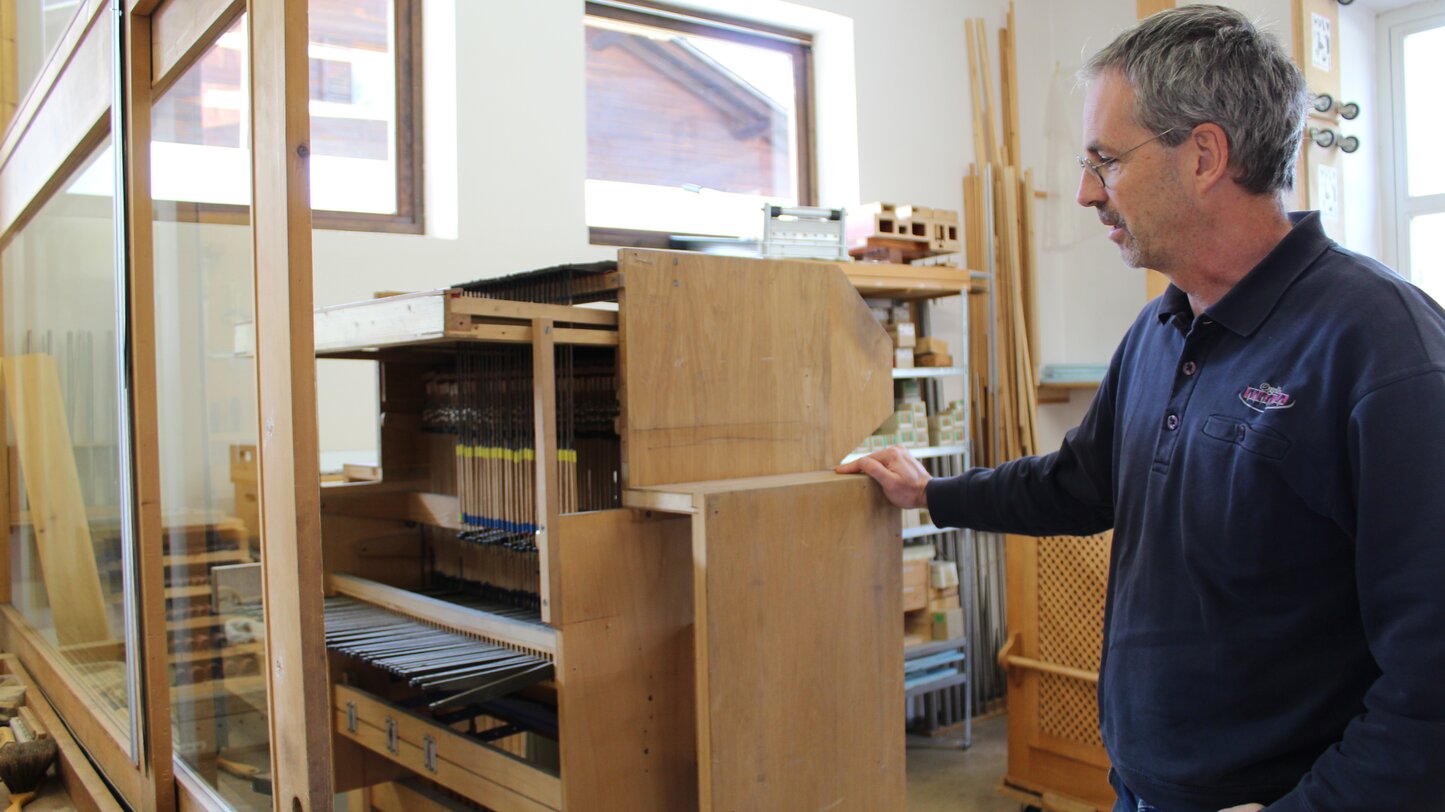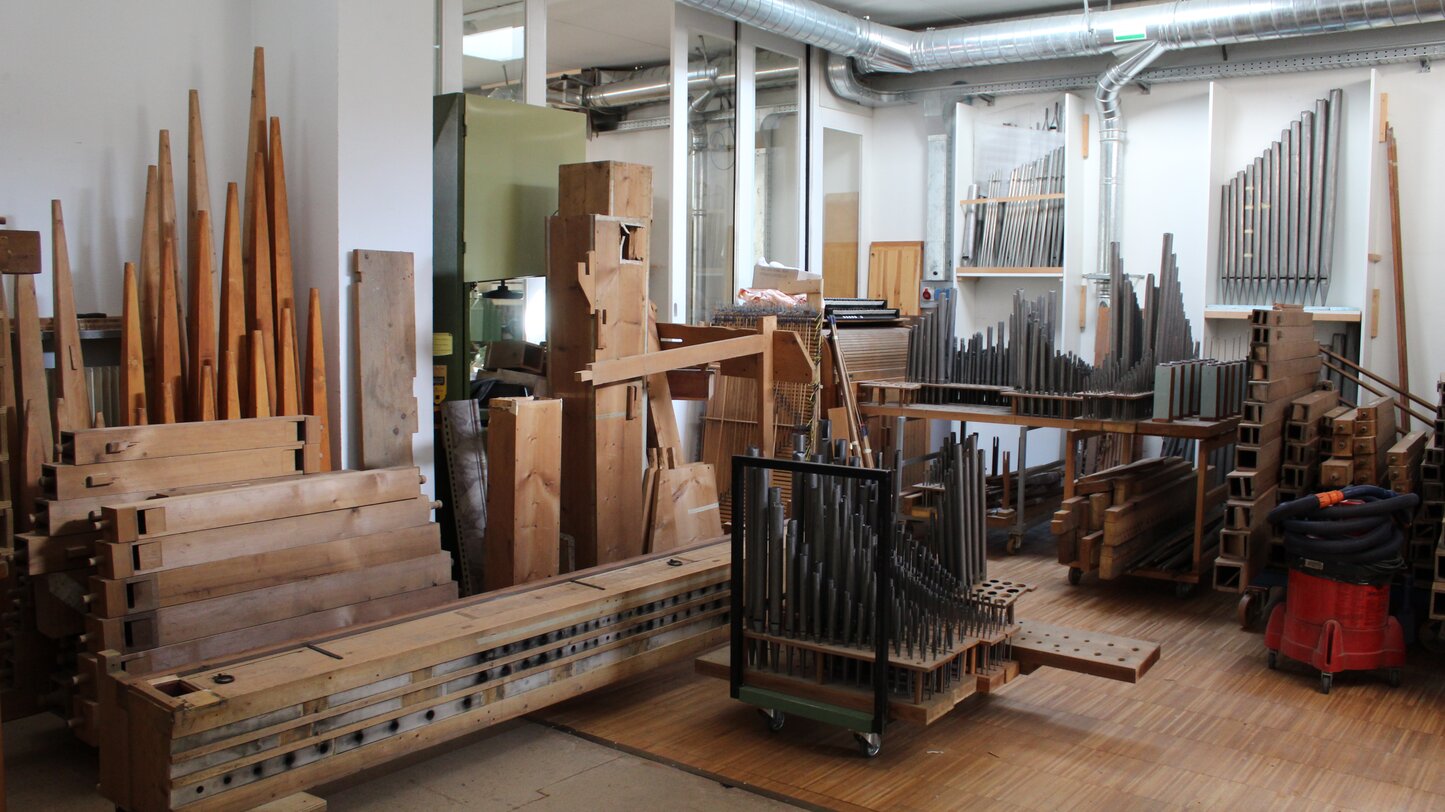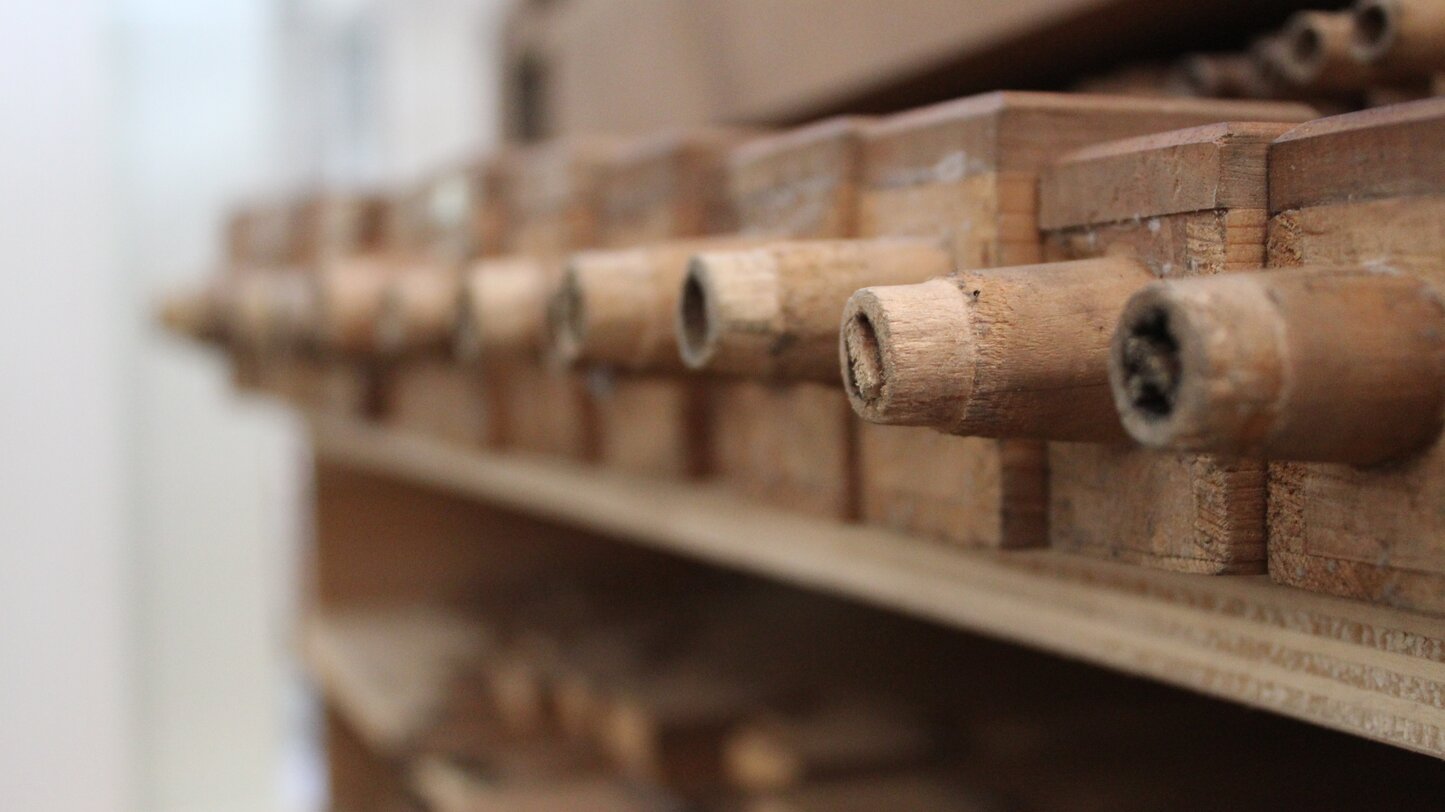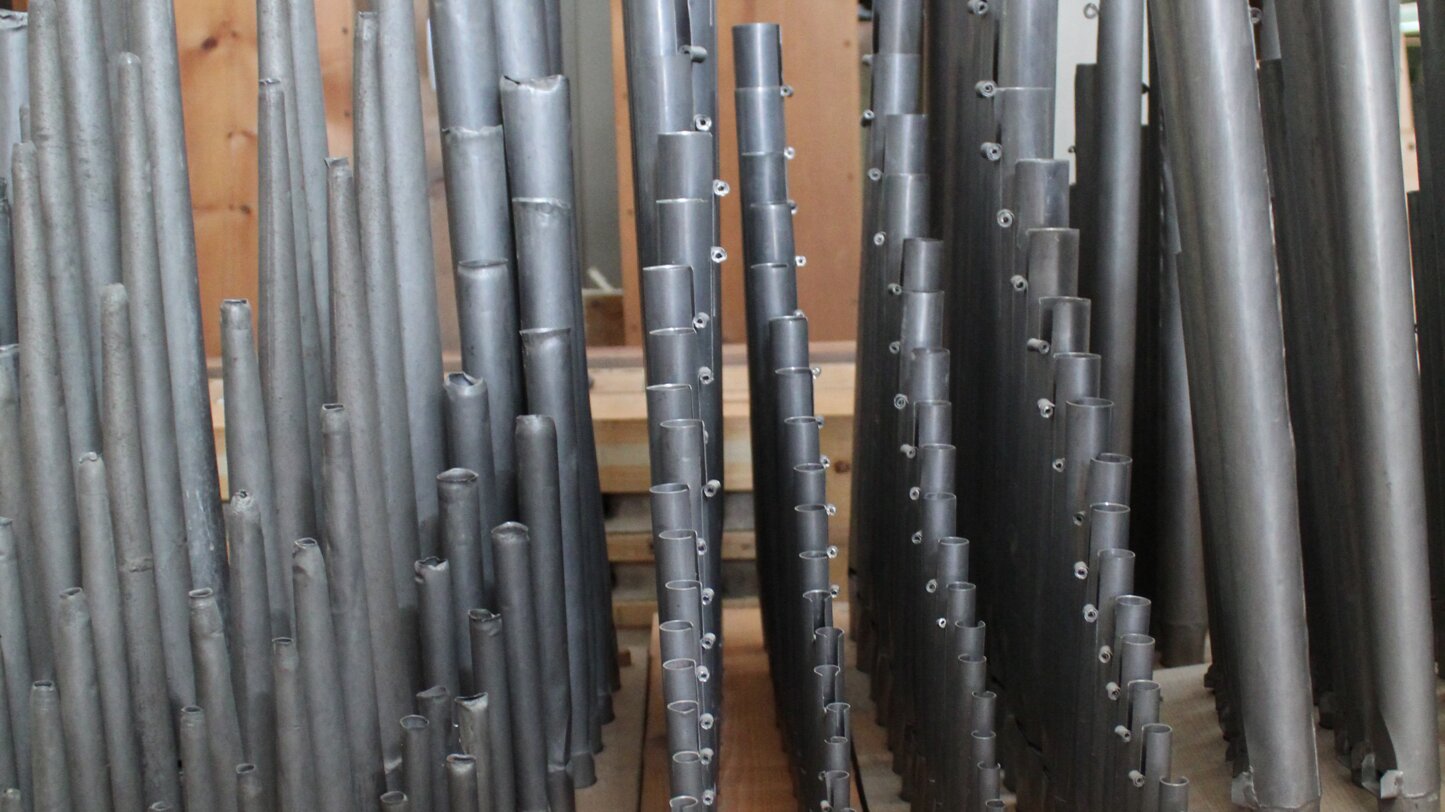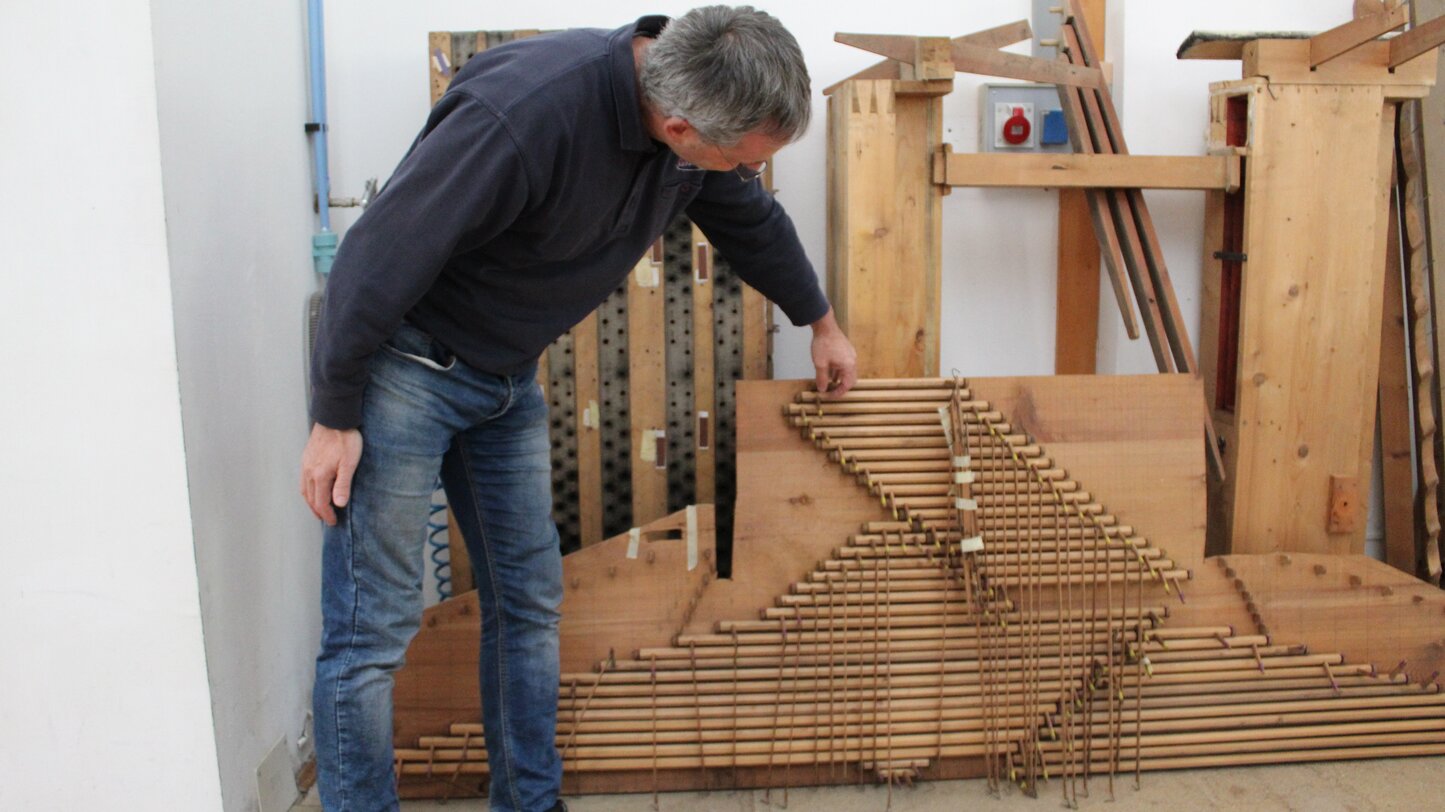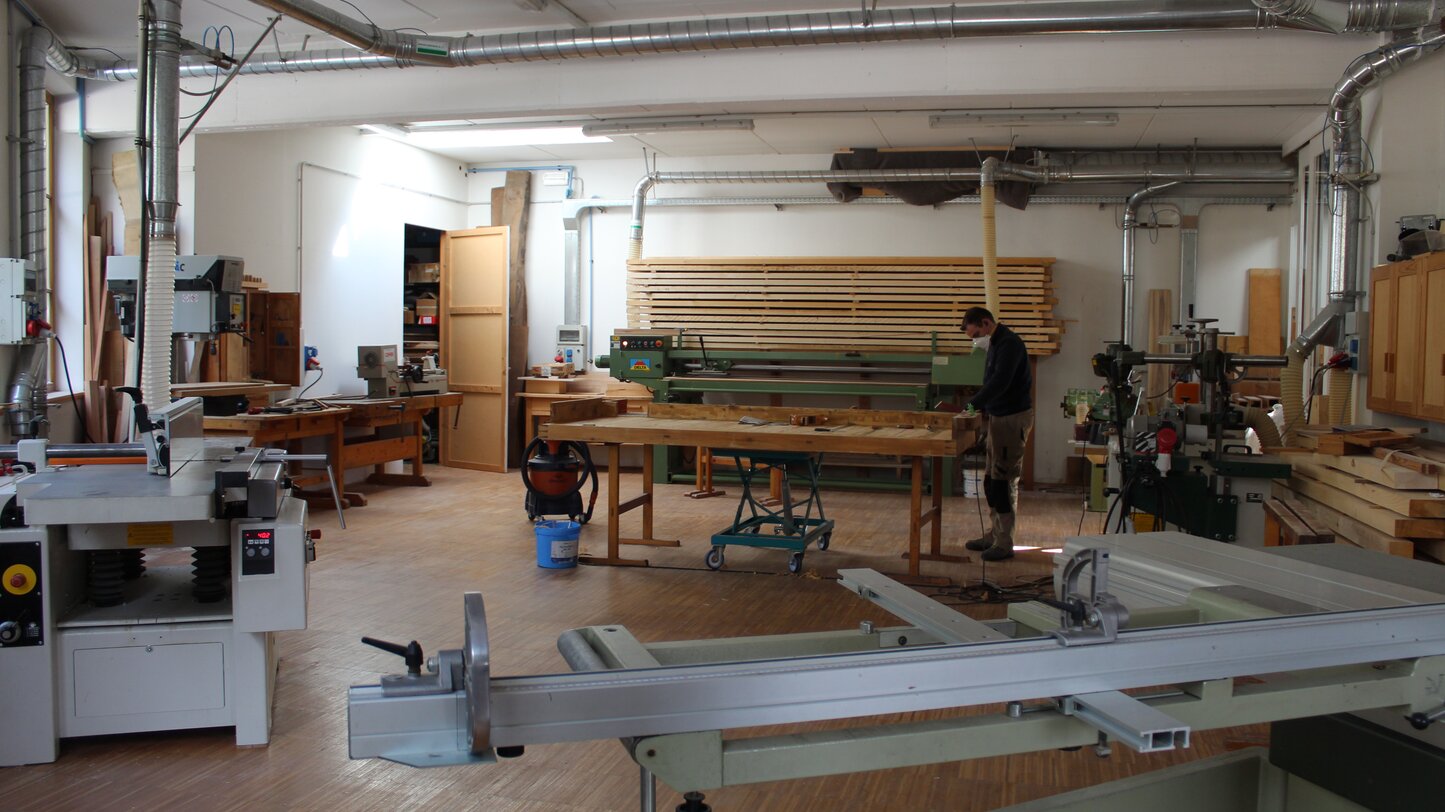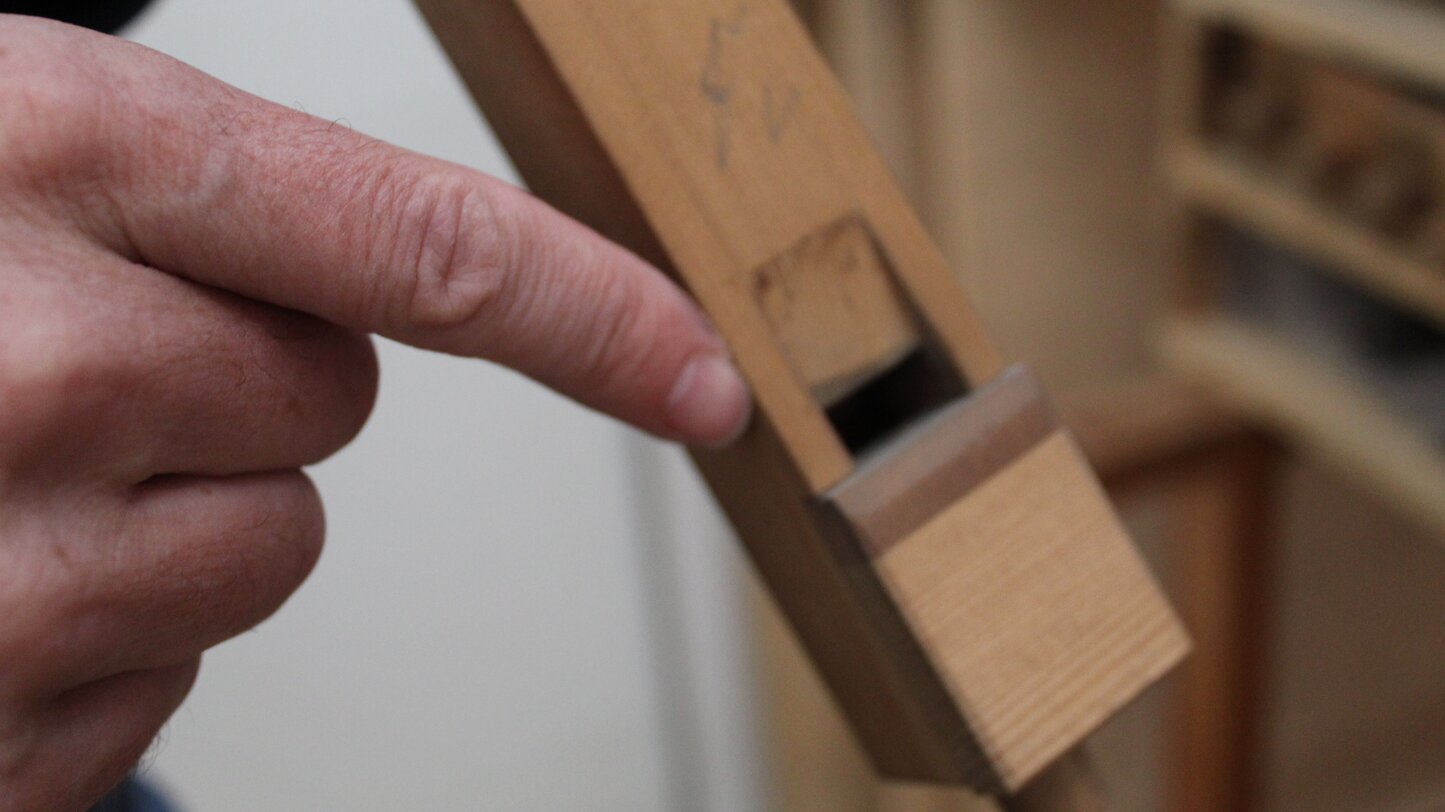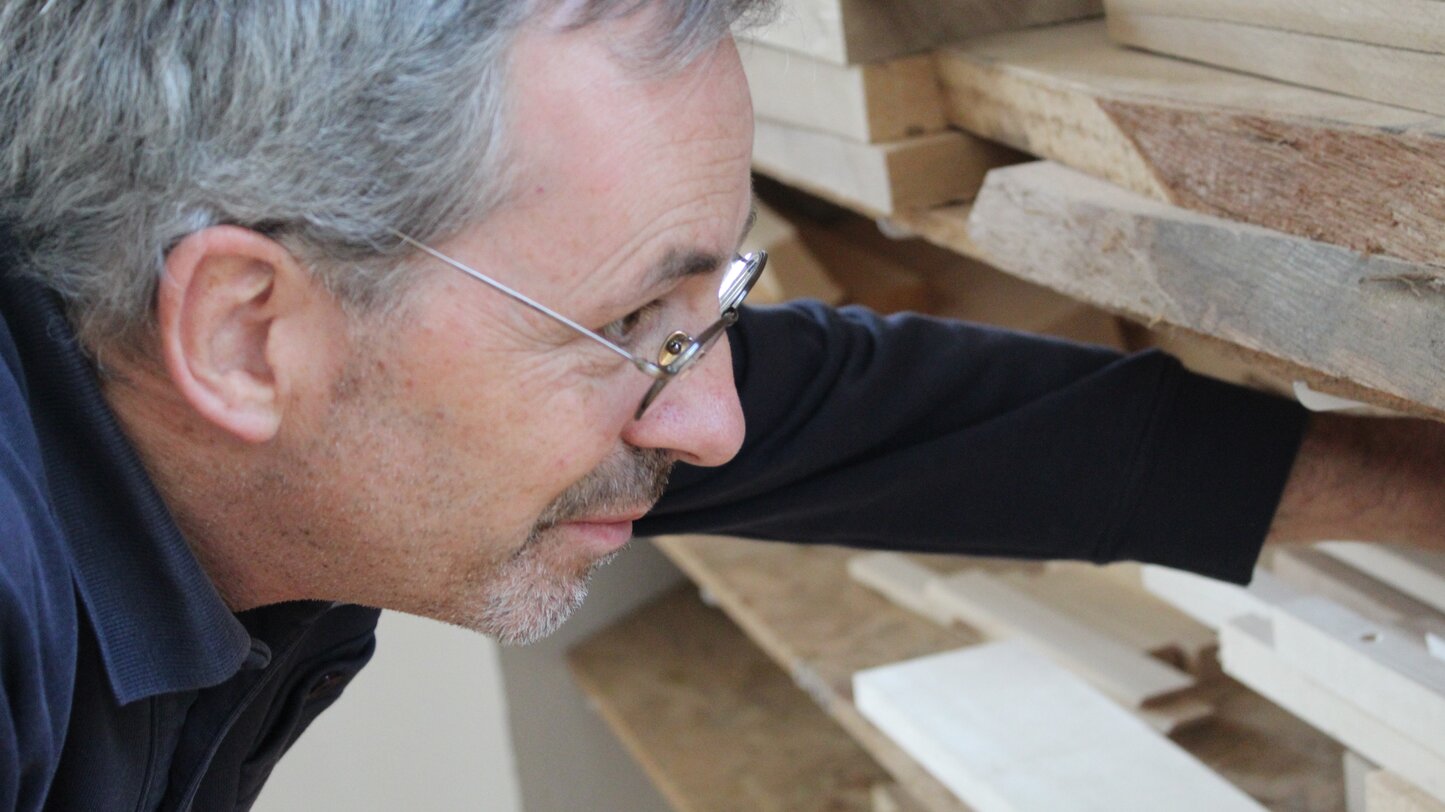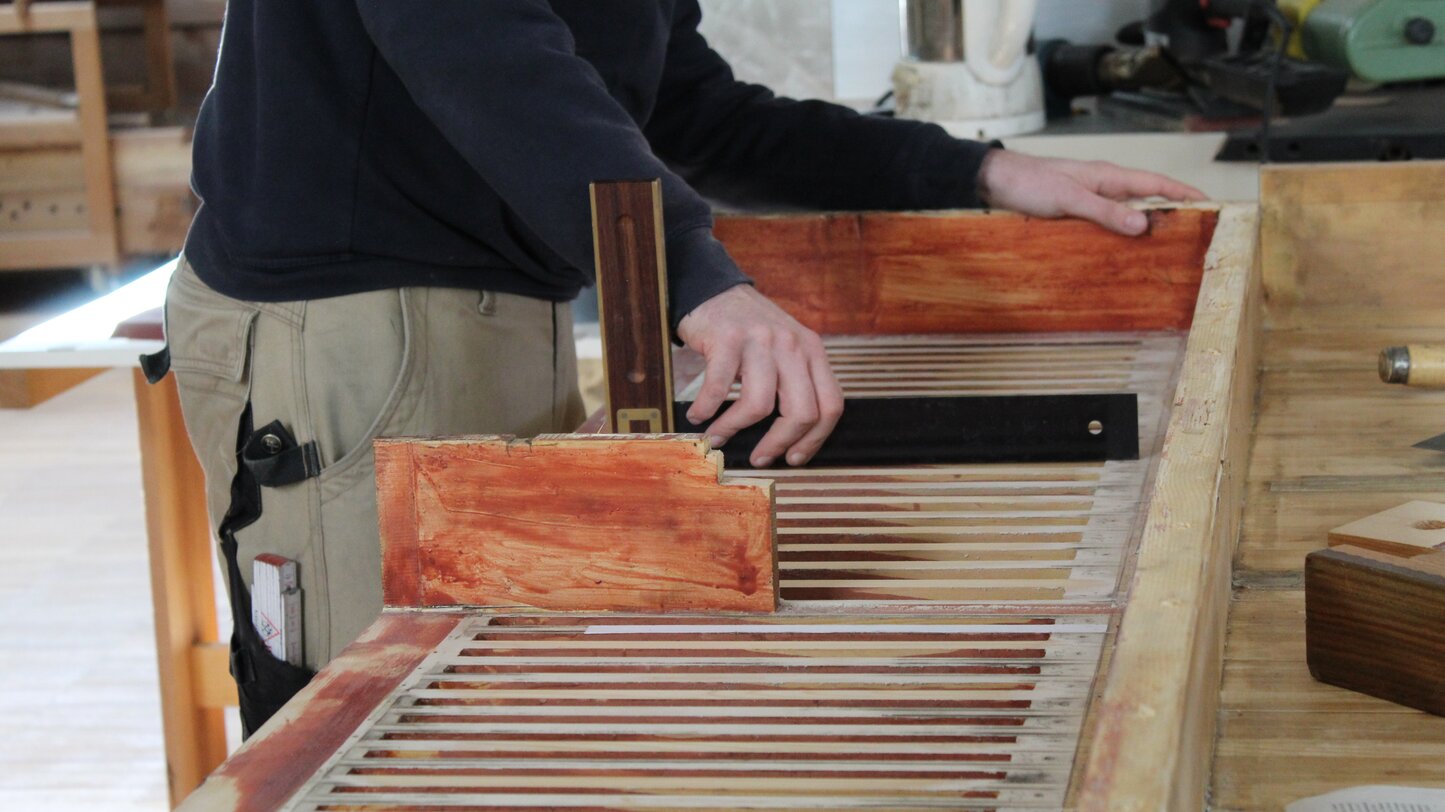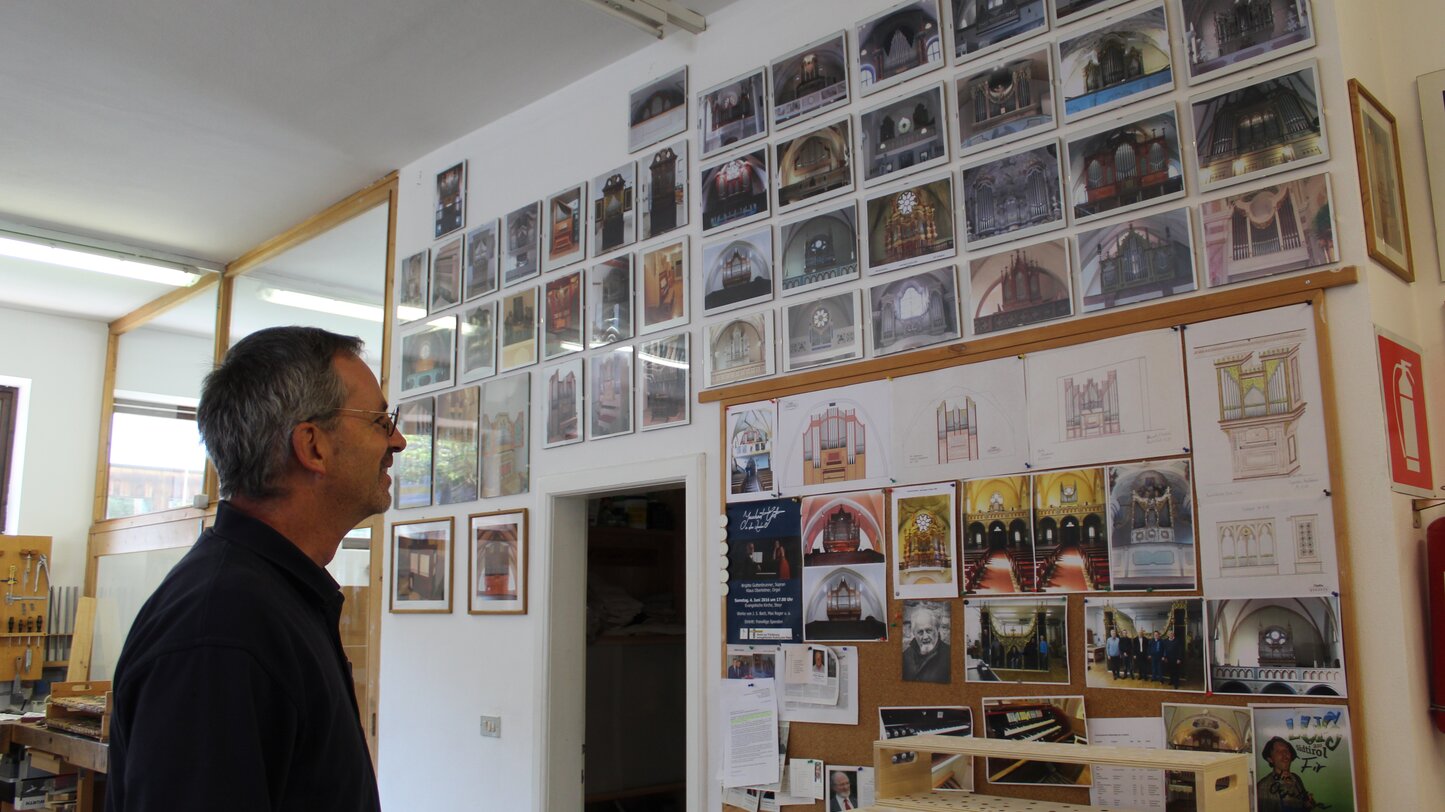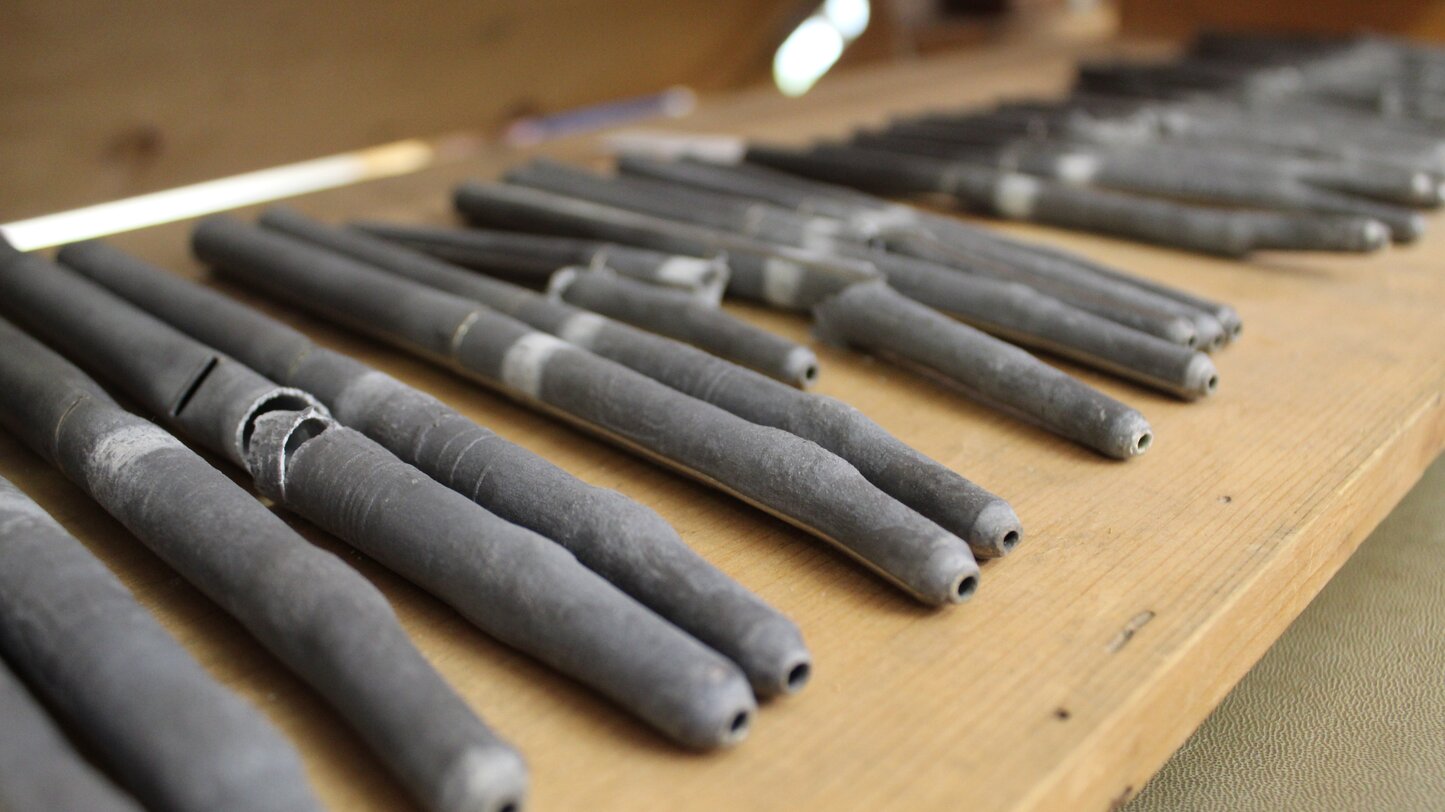The sound of the organs
How do you decide whether to follow in your father’s giant footsteps, or take an entirely new path of your own? The best thing to do is to listen to your heart – and, for Oswald Kaufmann, is was also a matter of listening to the sound of the organs! His father’s organ-building business has been in Oswald’s skilful hands since 1997: he not only keeps up a family craft business, one that has been going since 1976, but above all keeps alive a valuable cultural asset – Oswald Kaufmann is South Tyrol’s only organ builder!
A “perfectly normal” handicraft?
Located on Nova Ponente’s trading estate, Orgelbau Kaufmann sits unobtrusively alongside numerous other enterprises. Oswald Kaufmann himself is also a down-to-earth type who sees his work, which is anything but ordinary, as a simple craft endeavour. In reality, however, he constantly works to lend these truly royal instruments a new splendour – or even recreate them from scratch. It appears a never-ending task, one that requires a great deal of patience and sensitivity. Surrounded by a huge mass of organ parts, the 50-year-old explains: “In South Tyrol there are numerous old yet good organs from different eras and organ builders, which means that a major part of our work is restoration. This restoration can take up to 12 months, with installation lasting several weeks. You could make a new one in the same time.”
There is currently an organ from Enneberg, 150 years old, in his workshop. “Parts were added to this organ in the 1960s, and we are now replacing the entire playing action from that time, for example the keys and the pedals”, Oswald explains. The rust is sanded off each individual pin, the smallest felt and leather parts are replaced, every pipe valve is cleared of dust and every fine wire from the baseplate is checked by Oswald or his team. His long-time collaborator Julian is at present working on a large windchest, repairing small cracks with woodchips – a task requiring extreme precision. It comes as no surprise when Oswald says that it is often difficult to estimate the workload in advance.
Of woods and pipes and why not everything always sounds as it should
Hundreds, perhaps even thousands of organ pipes lie or stand everywhere in the 250 m2 workshop, some as small as your finger, some several metres high. Not an inch of space is wasted. The workshop is set up like a carpentry shop, with appropriate materials and tools.
The wood used by Oswald and his colleagues comes mostly from the Val d’Ega, directly from the neighbour’s sawmill. :-) A fine wood grain is important in organ construction: this shows that the wood has grown slowly – the annual rings are narrow and the wood has a certain strength. “The type of wood we use is otherwise not so critical, in contrast to violin-makers, who go into the forest themselves and choose the right resonant wood. We can influence the sound quite well with the intonation, with filing and pointing.” Each job nevertheless requires the right wood: “We use spruce or lime wood for milling, pine for patching the case, larch for the floor. We also use walnut and oak.”
The original purpose of an organ was to imitate the entire orchestra! Flutes, trombones, violins, trumpets – this and much more besides can be imitated with the various registers. Each register always represents a certain timbre. “This is why there are so many different types of pipes – cylindrical, wooden, metal, etc.”, explains Oswald. He orders new pipes from a special pipe builder in the Lombardy town of Crema. “I have to issue extremely precise instructions: which alloy, gauge, material thickness, length... We are responsible for the intonation.” Oswald Kaufmann holds a pipe to his lips and blows into it, producing a relatively dark tone. “The pipe stops must be quite tight, otherwise the sound will not be right. Without a stop, it sounds an octave higher, listen!” The expert removes the stop and blows into it again. The tone does in fact sound higher. “That’s why you have to replace the leather to ensure that they are properly sealed.”
Then and now
Oswald Kaufmann slipped into the family business: “At some point when I started my traineeship in Ludwigsburg, the question arose: Do I really want to do this?” He laughs as he explains that after his practical training in Vienna, however, the question no longer arose – and he is visibly pleased with his decision.
But times have changed and with them the task at hand, says the man from Nova Ponente as he remembers: “My dad started work with an organ builder in Ega, which is how he learnt the craft. While new organs were being built at the time, subsequently there was a move to restoration, with more and more emphasis on quality. Thirty years ago people would have laughed in my face if I had mentioned restoration, whereas today we decide whether or not it makes sense to preserve an instrument. The paperwork has also changed radically: we have to document everything meticulously and even record it photographically, with the offers we make often running to twenty or thirty pages. Even for a new organ it is a long-drawn out procedure... First we look at a church, then we make a study and draw up a suitable design. We develop a concept: how big should the organ be, how should it sound? Many questions have to be cleared up in advance. There is an organ commission to advise the church on this, with the Antiquities and Monuments Office also often involved. It often takes years for the customers to decide, the Organ Commission and the Antiquities and Monuments Office to agree and all the formalities to be sorted out! We had to wait seven years for the green light for the organ that we are working on now. In the past, it was all done on one sheet of paper!”
Instruments are more highly valued today than before. Whereas, in the past, an organ would only receive a cursory overhaul or might even be scrapped, the “Queen of Instruments” is nowadays the subject of meticulous work and devotion. “It is hard to believe that, during the Second World War, even the large façade pipes were removed in order to make munitions. Back then many were replaced with cheap zinc pipes... if at all.”
Harmonious memories
The oldest specimen that Oswald ever laid hands on was an Appiano organ from 1682. “It was a magnificent example from the 17th century... truly very special”, he enthuses, pointing to a picture of it while gazing at the many photos on the wall. But Oswald is really proud of all his productions, whether new or restoration works. Among his most important works were without doubt the Aigner organ in Bressanone Cathedral and that of the pilgrimage church of Pietralba. Orgelbau Kaufmann has in the meantime restored and delivered church instruments throughout South Tyrol. Most recently, in October 2019, the organ at Monte Santa Caterina in the Val Senales was renovated: he also has references beyond the borders of South Tyrol. Oswald Kaufmann has now made a name for himself with his “niche craft”; he is fully booked for the next three years. He owes this to the many experienced hands in his workshop, to his accuracy and his respect for “instrument dignity” – and also to his good sense of hearing: “You can learn how to listen to sounds and tones, I think. But an instrument maker should still have an understanding for music! And yet... an organ builder doesn’t necessarily have to be able to play the organ ... I myself can’t” Oswald admits with a grin and tirelessly returns to his work.
